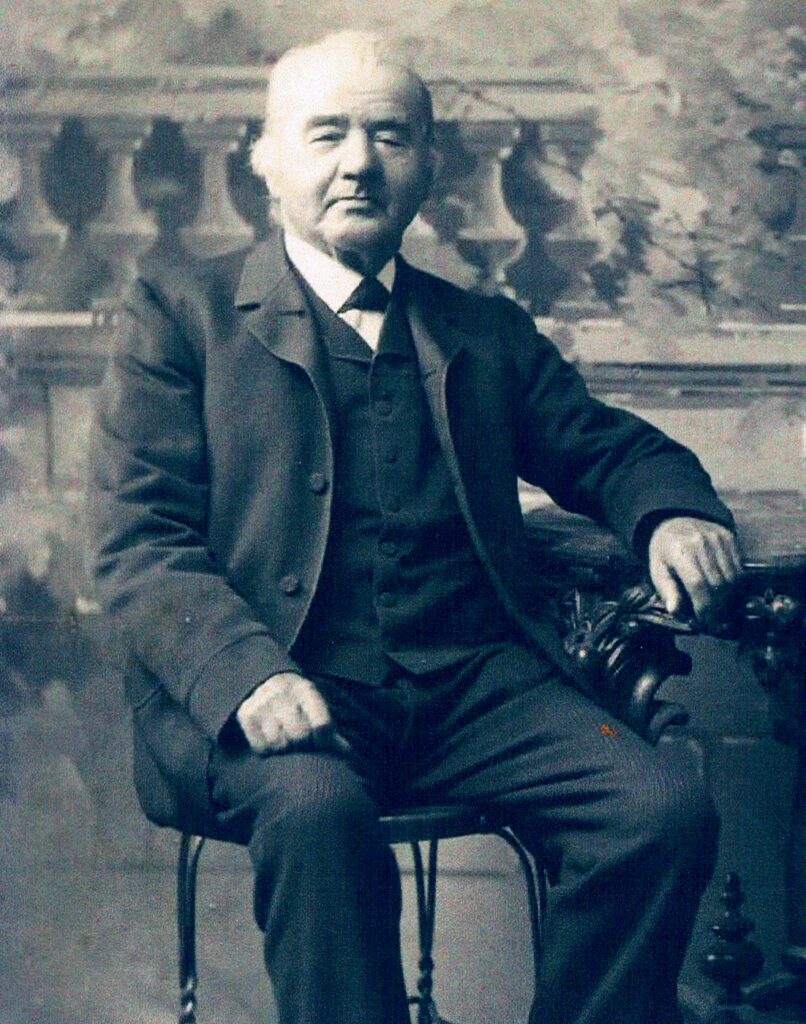LESSONS FROM ALBERT: Why You Want to Talk to Your Elders
I always begin researching an ancestor’s life with great optimism. Especially one born in Canada after Confederation, when we started to have all these formal records of who lived where and when: census records, city directories, voter lists, passenger lists. And much of this is searchable online. So how hard can it be to reconstruct someone’s life story?
The short answer: it’s not possible. Yawning gaps exist in the formal records and many times the records are missing altogether, or for unknown reasons ancestors don’t show up in records where they should.
Here is what I’ve found so far in the official records about my grandfather, Albert Eckhardt. First, the so-called “tombstone” data: he was born April 17, 1892 in Vineland, Ontario. He married my grandmother, Mabel Augusta Wilcox, April 12, 1922. He died at St. Catharines General Hospital August 9, 1950. An entire lifetime occurred between those dates; little is recorded “officially.”
His birth certificate states that Albert’s birth was attended by a physician. He was the third of six children born to Solomon Honsberger Eckhardt and Sarah Fretz Eckhardt, both German Mennonites with long family roots in that church. The 1873 City Directory places the family on Lot 1 Concession VI Louth, between Jordon and St. Catharines.
The 1901 census notes a nine-year old Albert attending school full time, and also gives this hint about the family: Albert’s father claims English as his first language. So it’s possible that the use of German was lost by Albert’s time, but that’s not a certainty; I’ve learned that people tell census-takers all kinds of lies.
None of them, not Sarah, not any of the six children, appear in either the 1911 or the 1921 census. I have no idea why this is; Albert and all of his siblings lived in the Niagara area their entire lives and most of them are buried in Vineland.
Albert and his brother Jesse next show up in militia pay records of 1913 and 1914. They were part of the Welland Canal Field Force, guarding the strategic canal with rifles and orders to “shoot to kill” any suspicious trespassers, as the war heated up in Europe. Albert spent 12 days in the force in 1913 and was paid $1.00 per day, about $20.00 in today’s currency. Both brothers went to Europe to fight. Albert sailed in the summer of 1918, got the mumps, and spent his wartime convalescing in General Hospital #12 (Bramshott) before being sent back home with one damaged testicle. His war records, which I have from Library and Archives Canada, include a sheet of paper where the nurses tracked his fevers – this was probably clipped to the end of his hospital bed.
After his marriage, Albert next appears in 1928 as the “Informant” for his mother’s death certificate. It’s not until 1935 that I find him again, this time in a group photo of the Culverhouse Cannery employees.
There are other possible sources, of course, but the point is this: we live our lives outside of what is written in the formal records. Knowing any ancestor takes much more than a search through the archives. I need memories, and these come either from personal diaries (which in Albert’s case do not exist) or from talking to people who knew him. The archival data gives me more questions than answers.

